University of New South Wales Invest In Sonardyne Scout
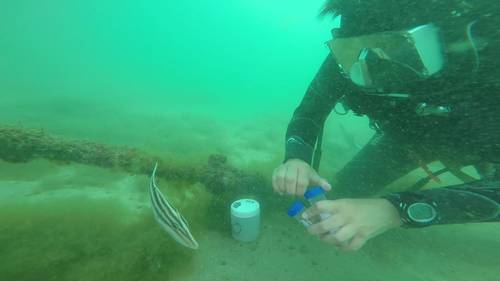
A diver tracked using Sonardyne’s Scout USBL system collects samples to study human impact on marine and estuarine habitats. (Photo: Sonardyne)
The Scout-Pro Ultra-Short BaseLine (USBL) system tracks the position of divers whilst they collect sediment samples, underwater video transects and biota – activities that are often difficult, sometimes dangerous, and rarely precise.
UNSW began survey operations in 2015 to assess how the underwater environment changes in response to leisure activities, particularly around boat moorings. Much like on land, habitat degradation in seascapes can act to create a mosaic of habitats, each with varying suitability for the resident fauna and flora. Physical disturbance of the seafloor, nutrient and heavy metal contamination, and recreational fishing are naturally irregular and can lead to a ‘hidden’ layer of diversity in the ecosystem.
Quantifying these impacts and uncovering this diversity calls for precise, geo-located sampling data – a requirement that is now being met following UNSW’s acquisition of the Scout-Pro acoustic positioning technology.
At the start of a survey, each member of the dive team is equipped with a small tracking beacon, the exact position of which is continuously monitored by an acoustic transceiver deployed from the side of a surface vessel. The university’s vessel fleet is made up of small cabin cruisers, RIBs and even shoreline infrastructure such as wharves and jetties. Scout’s small size, portability and speed of setup matches these operational requirements perfectly, to the extent that the UNSW scientists only needed an hour of training to become familiar with using the system.
Commenting on the impact of Scout-Pro on its work, Dr Luke Hedge, Research Associate at UNSW said, “In the short time we’ve been using it, Scout has proven to be an invaluable new piece of science equipment. Being able to record the precise location of where samples are taken from, allows us to present the region’s policy makers with more reliable geo-statistical models and maps that faithfully represent our impact upon native marine and estuarine ecosystems.”

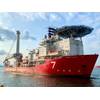
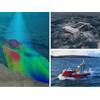

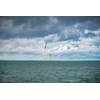
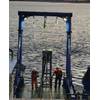
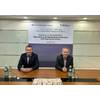









 February 2024
February 2024



